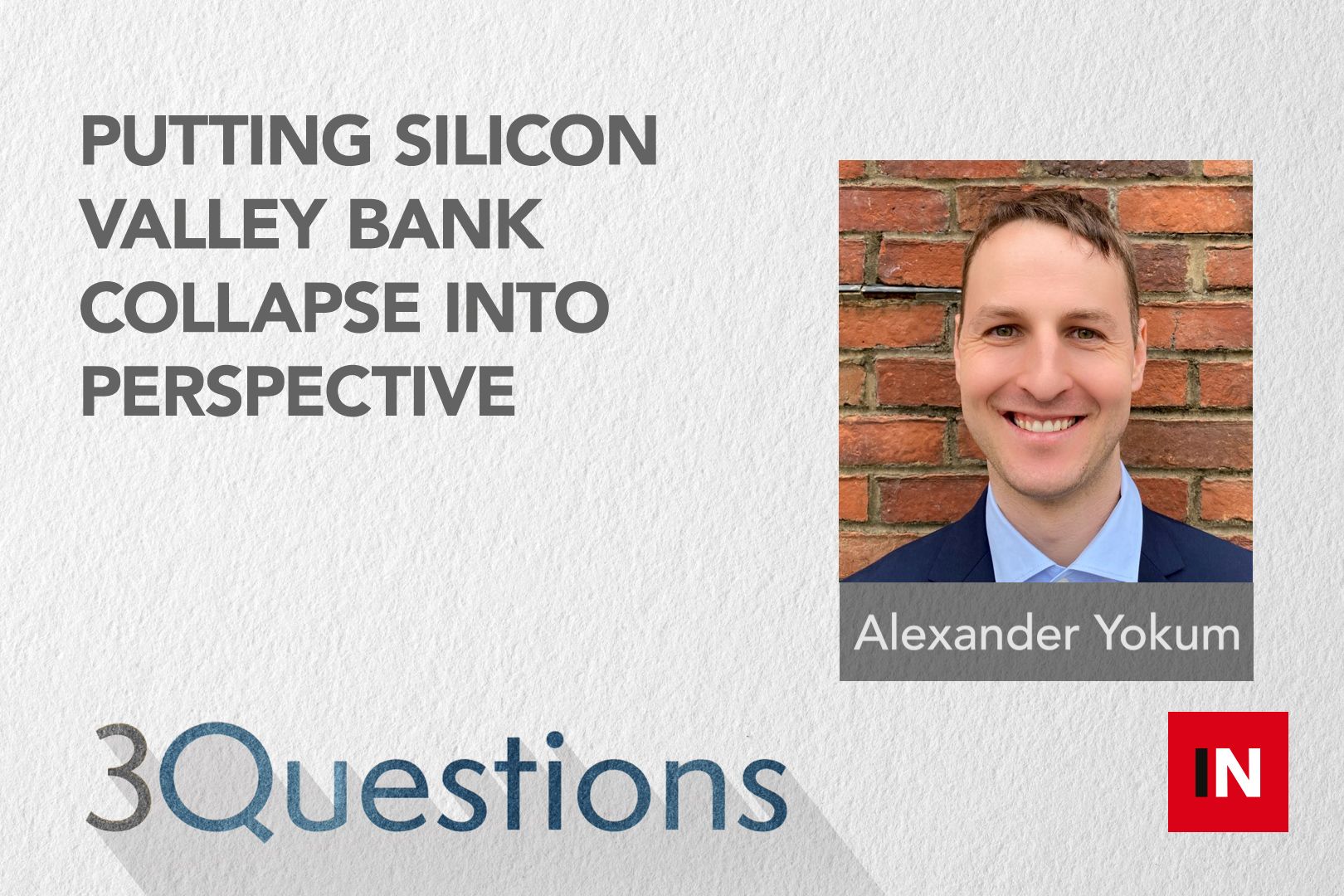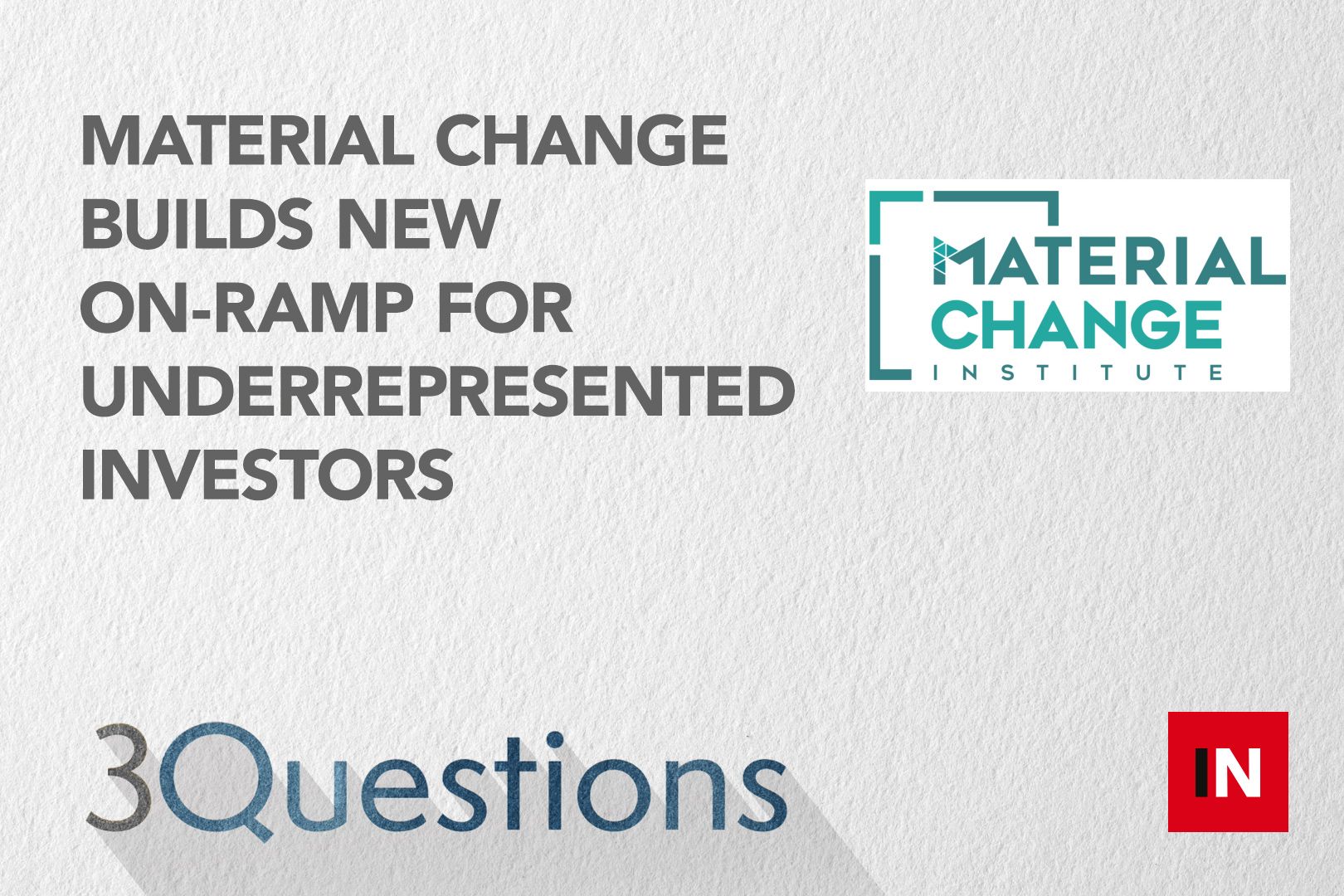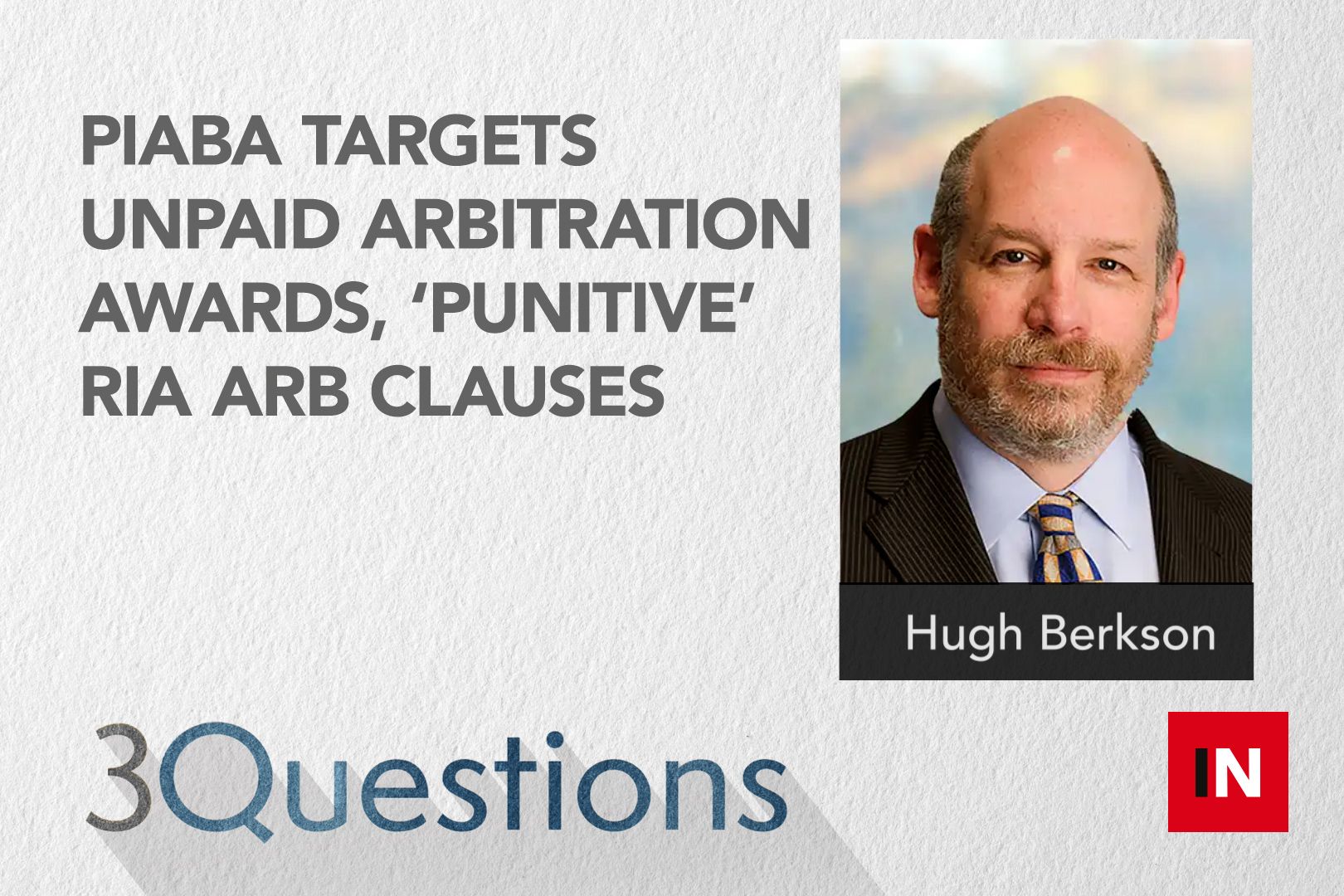Death of 60/40 model boosts interest in alts
The low-interest-rate environment is undermining the 60/40 model and stoking retail investors’ interest in alts, says Milind Mehere, CEO of YieldStreet, an alternative investment platform.
Transcript:
Nicole Casperson [00:00:03] Hi, everyone, I’m Nicole Casperson with InvestmentNews and welcome to Three Questions. Today, I’m sitting down with Milind Mehere, CEO of alternative investment platform YieldStreet, a fintech company that opened up access to investment products across a range of asset classes that were previously unattainable to the everyday investor. As the popularity of alternative assets rises, so does YieldStreet’s growth. Milind is here to break down why for us. Thank you so much for joining us.
Milind Mehere [00:00:32] My pleasure.
Nicole Casperson [00:00:33] So let’s go over why you founded YieldStreet and what tools the platform offers today.
Milind Mehere [00:00:38] So the call I founded YieldStreet to solve my own problem. So the idea for YieldStreet was in my mind long before I started the company actually coming out of a global financial crisis. We all knew where we were. Citibank was at 39 cents. My portfolio was down 50 percent. I called up my financial advisor and I said, hey, can I get access to some non correlated product? And by the way, I didn’t know what that meant at the time, but what I wanted was really access outside the market because, you know, stock market is volatile. And I had done everything right as a consumer. Yet I was left holding the bag. And he said, listen, at your account size, you cannot because, you know, to get access to alternatives, the minimums are very high and lockup periods are very long. So that was really the reason why I was very intrigued by how could you open access to alternative investments and how could you make it available for many people to access them. And that’s really how YieldStreet was born in in 20, 2015, about six years ago. And today we have a range of alternative investments and tools available for consumers to come on the platform, get educated, learn about alternatives and invest at their own pace.
Nicole Casperson [00:01:51] Amazing. I love that story that you share. And it’s such an amazing way to start a fintech company with that personal story. So let’s talk about alternative assets as they are trending. Will you talk to us through why you think advisors and investors are growing interested in alternatives today?
Milind Mehere [00:02:08] So, Nicole, if any of your audiences does a little research on 60 40 model, which is traditionally 60 percent stocks, 40 percent bonds, it is debt. And JPMorgan actually issued a very big report on it about three months ago. And the reason for the reason for that is there is no yield in the market. And so the reason alternatives are tending is we want to modernize your portfolio. And institutional investors have ten times more exposure to ours than a typical retail or typical consumer. So one of the reasons why they are trending is now people are realizing is that we can fractional alternatives like YieldStreet is doing and really get access to complement your equities portfolio, to add income to your portfolio, to really modernize your portfolio. And that is really the reason why of all sorts are trending. And of course, you’re seeing a ton of stuff happening in the crypto ecosystem, in the digital currency ecosystem and the evolution of technology through decentralized finance. And so these are the trends that are going to make alternatives more mainstream in the next decade.
Nicole Casperson [00:03:15] Right. So it makes sense to educate and jump on platforms now and kind of expand that access continuously as a growing popularity continues. So in turn, YieldStreet has also experienced its own rapid growth and significant gains. Will you
outline for us how much YieldStreet has grown over time, including platform assets and number of users?
Milind Mehere [00:03:41] Yeah, absolutely. So we now have over 300000 users on the platform and literally from covid to now. So post covid, all of our growth metrics are in north of 250 percent because a lot of people are actually, as I said with my previous points, wanting to get access to alternatives. So we have those users put in over two billion dollars funded through the platform. And I think the stat that we are really proud of is that we have returned over a billion dollars of capital back to our investors. So that’s really the thesis of like income generation and actually building a portfolio that is a rolling portfolio where you get your principal interest back on a monthly or a quarterly basis, which is what investors really like about YieldStreet. And I think that’s that’s really an exciting stat for us to to talk about.
Nicole Casperson [00:04:33] And throwing you a curveball here, because I’m asking you four questions instead of three. I only do this with expert level sources. So thank you for being such a good trooper. What is next for YieldStreet and the next new development or the next new innovation that is on your radar?
Milind Mehere [00:04:50] Yeah, so we are going to continue to really distribute to a variety of different funds to to consumers and, you know, this whole concept of self driving money, which is. How do you kind of connect earning to spending is a big focus for us, meaning on one side your earning income, can you connect that to actually spending? And, you know, imagine if you could pay your car payment or your apartment or mortgage payment using your earned income on the platform? I think that would be very powerful. And so I think stay tuned for some of those changes where consumers would be able to do that on our platform.
Nicole Casperson [00:05:28] Amazing. There are so many opportunities to diversify portfolios, to leverage fintech, to open access and to continue to democratize access for more people to build their wealth. So amazing. Thank you so much, Milind, for joining us as a rap on this episode of Three Questions. And to our viewers, see you next time.



